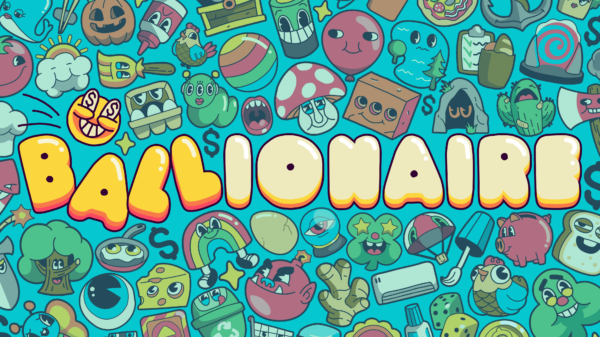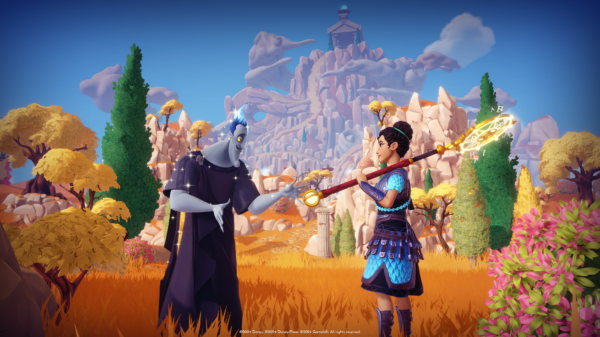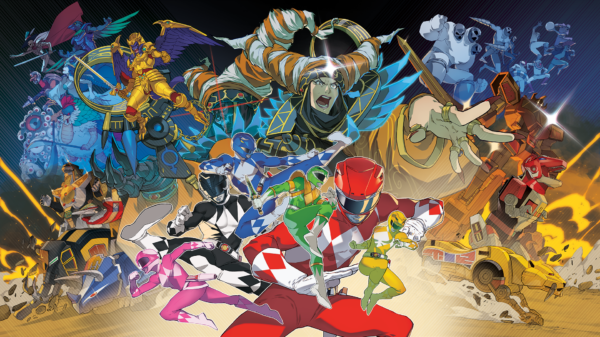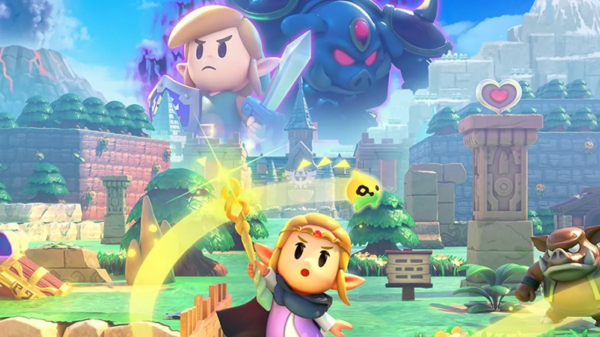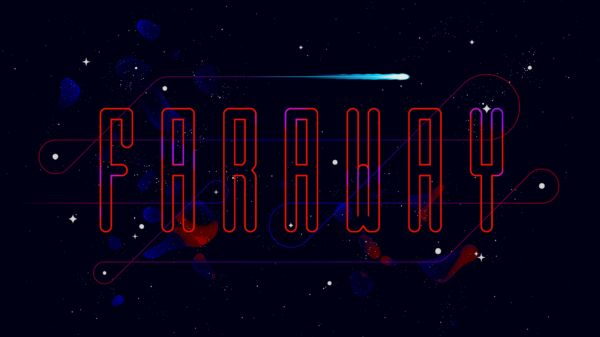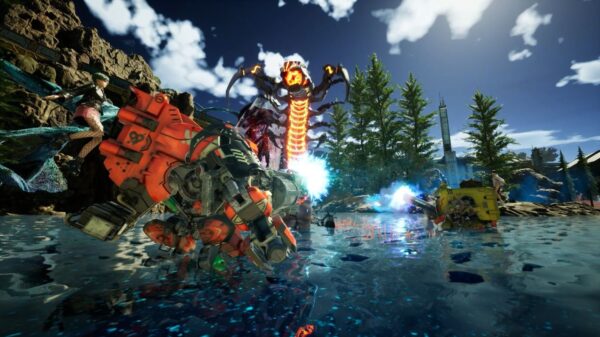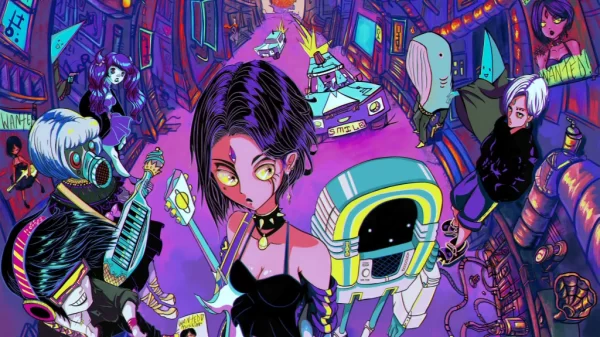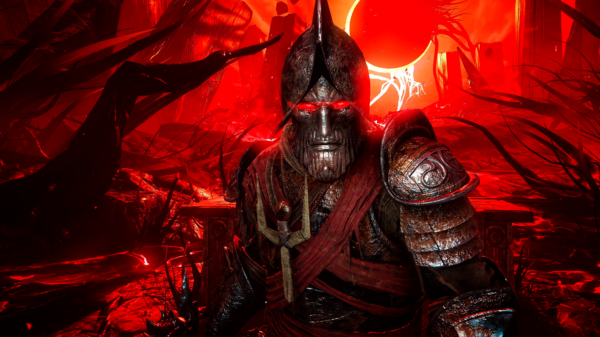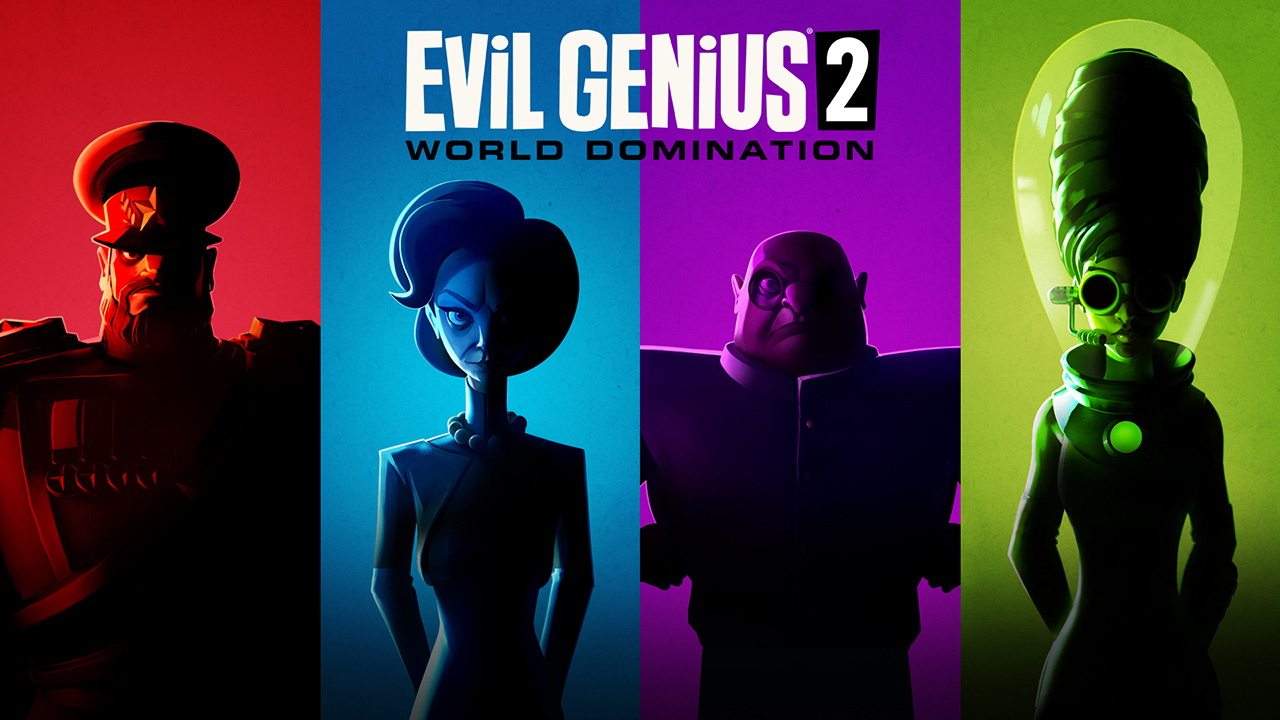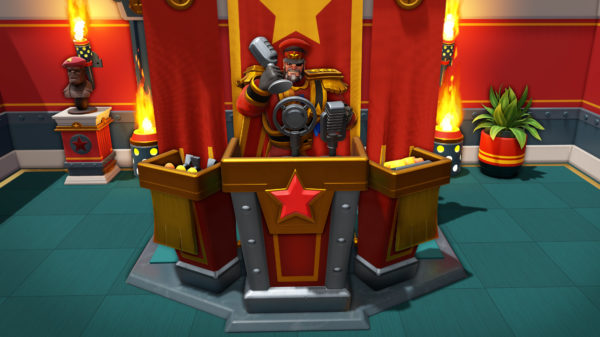Have you ever wanted to be Ernst Stavro Blofeld or Dr. Evil? Do you have dreams of global conquest? If so, Evil Genius 2: World Domination might be a good first step in getting you there when it releases next month.
Earlier this month, Rebellion Developments gave me access to a preview build of their upcoming game, Evil Genius 2. It’s a direct sequel to their 2004 self-described cult classic, Evil Genius (I hadn’t heard of it before getting my hands on the sequel).
It’s important to keep in mind that what I played was only a preview of what Evil Genius 2 has to offer. In this case, that meant experiencing what I roughly estimate to be one-fourth of what to expect upon release. Of the four playable evil geniuses, each with their own agenda and methods for global takeover, I could only play as Maximilian. Of the three island locations you can build your lair upon, each geometrically distinct, I could only choose the Crown Gold island. I could also only play Evil Genius 2’s campaign mode on normal difficulty, but by the time this article is published, I can confirm that there is also a sandbox mode.
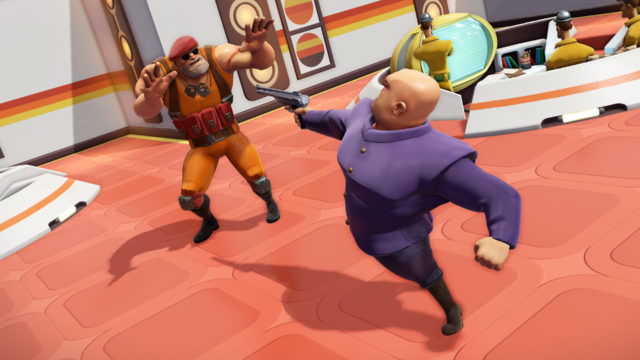
The reading material calls Evil Genius 2 a satirical narrative-driven spy-fi lair-builder, which is readily apparent except the “narrative-driven” aspect. In the limited time I had with the game, there wasn’t much of a narrative to glean at all. Maximilian has a clever backstory, there’s a concrete antagonist, and non-abstract goals progress linearly. But it’s not packaged in a way that I’d say forms a distinct narrative (which is fine, a lot of joy in gaming comes from forming a personal narrative based on your experiences—I just wouldn’t say that Rebellion is crafting a narrative for you).
At its most fundamental, Evil Genius 2 is a management simulator. Most of your time will be spent overseeing the development of your evil lair, building various rooms to create or horde resources that will then help you gain even more. In the context of our spy-fi, this mostly means money, minions, electricity, and broadcast capability. Managing each resource effectively will ensure you have the funding, workforce, and electrical grid to grow your base, but this soon becomes a Sisyphean task. It’s easy to manage the few rooms that start your base, but in just a couple of hours you’ll be anxiously flipping between your lair’s blueprint, the world map, and myriad menus making sure everything is running somewhat stable.
Of course, Evil Genius 2 wraps all this up in its own neat little bow. It presents itself similarly to classic spy-fi media, and the classified files that make up the character and island selection screen add a pleasing diegesis before you’ve even started. This aesthetic is on display in the character design and music as well, completing a decidedly authentic-but-comical appearance. Actually, the game was overall well polished and technically proficient for a preview build. There were some minor issues I could bring up, but I have to imagine they’ll be absent in the official release.
But where the game really comes into its own is in the world map where you can takeover locations across the globe and run schemes to further your interests. This requires the aforementioned broadcast capability and a modest workforce, but that’s about it. Schemes are performed at the press of the button, which is maybe overly simplistic, and new ones appear every 10 minutes or so. It’s here that Evil Genius 2 sells you on its subtitle. Some schemes have you robbing a bank, which will draw the attention of feds in that area. Others, like training a bear to perform tricks, will divert that attention. Tracking your heat level in each country while making the most of every scheme adds another layer of micromanagement, but Evil Genius 2 would feel incomplete without this.
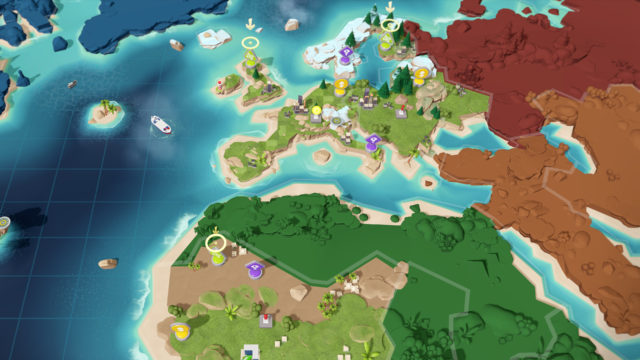
All that said, Evil Genius 2 does have one glaring issue that is systemic to the genre it belongs in.
Players will fall prey to the same cyclical trap that plagues nearly every management sim—which will prove to be as essential to Evil Genius 2 as it is detrimental. Management sims are paradoxical. They present an imperialist approach to an anti-imperialist solution: Expand and consume until sustainability is reached. Evil Genius 2 doesn’t change this formula. Your evil lair will be manageable enough at the start; build a vault to horde your funds and provide your minions with basic amenities. But then you’ll need a power station to keep the lights on, and the mooks aren’t going to work for free. And so begins the loop of spending money to make money.
This is a pointless criticism, I know. Evil Genius 2 wouldn’t work without this loop, and this is more a critique of the genre than anything. I only mention it to relay my biases and let readers know what they’re in for. It might seem obvious that players who don’t enjoy constant micromanagement would stay far away from this game, but read the Steam reviews for any management sim and you’ll invariably find someone lambasting its formula. The core gameplay loop is cumbersome and overwhelming because it’s supposed to be.
In fact, despite not being the player who typically goes for this sort of game, I think the gluttonous structure of a management sim is a perfect fit for Evil Genius 2’s main themes. You are, after all, a greedy evil genius hellbent on world domination. Unrelenting expansion is your modus operandi. I’m usually one to condemn any media glorifying imperialism, but it’s obvious that you’re not the good guy here. I hate to say I kind of love what Rebellion is doing… But I kind of love what Rebellion is doing.
So I guess I’m excited to see what the future holds for Evil Genius 2. By its very nature, it’s sure to be full of the micromanagement trappings I find so overwhelming. There’s also probably not enough nuance to hold a candle to genre juggernauts like RimWorld, but I don’t think that will stop enthusiasts from enjoying this game. But it’s thematically on point and ludonarratively sound, which is often enough to carry me through at least one run. If you have time to check Evil Genius 2 when it releases next month, do it.

